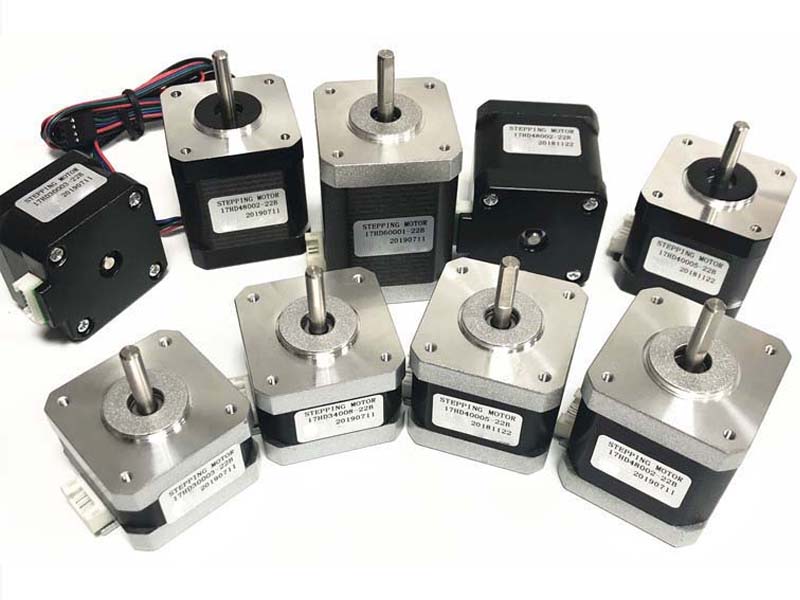The Advantages and Applications of Stepper Motors
- Jerry Wu
- June 12, 2023
- 2:12 pm
- No Comments
Stepper motors are a type of electric motor that can precisely control the movement of a rotating shaft. They work by converting electrical pulses into precise mechanical movements, making them ideal for use in a wide range of applications, from industrial automation to robotics and 3D printing.
One of the key advantages of stepper motors is their ability to move in small, precise increments, making them perfect for applications where accuracy and repeatability are essential. This is achieved through the use of electromagnets arranged in a specific pattern around the rotor of the motor. By energizing these coils in a specific sequence, the motor can rotate one step at a time, with each step corresponding to a precise angle of rotation.
There are two main types of stepper motors: unipolar and bipolar. Unipolar motors have four coils that can be energized in either direction, while bipolar motors have two coils that can be energized in both directions. Bipolar motors tend to be more powerful than unipolar motors, but also require more complex wiring and control circuits.
Stepper motors are widely used in a variety of applications, including CNC machines, 3D printers, and robotics. They offer precise control over the movement of a machine, which is essential for creating accurate and repeatable parts. In addition, they can be easily controlled using microcontrollers or other digital devices, making them highly versatile and adaptable to a wide range of applications.
Despite their many advantages, stepper motors do have some limitations. For example, they can suffer from resonance, which can cause unwanted vibrations and reduce the accuracy of the motor’s movement. In addition, they may not be as efficient as other types of motors, such as brushless DC motors, which can limit their use in certain applications.
In conclusion, stepper motors are a highly versatile and useful type of electric motor that can provide precise control over the movement of a machine. They are widely used in a variety of applications, from industrial automation to robotics and 3D printing. While they do have some limitations, their ability to provide precise control and accuracy make them an essential component in many modern machines and systems.


NJPRO Technology develops and manufacture an extensive family of miniature air/vacuum/liquid pumps and solenoid valves and related components for demanding and highly sophisticated applications
Quick Link
Contact
Email: info@njprotech.com
Mob: + 86- 18805073518
Whatsapp: + 86- 18805073518

